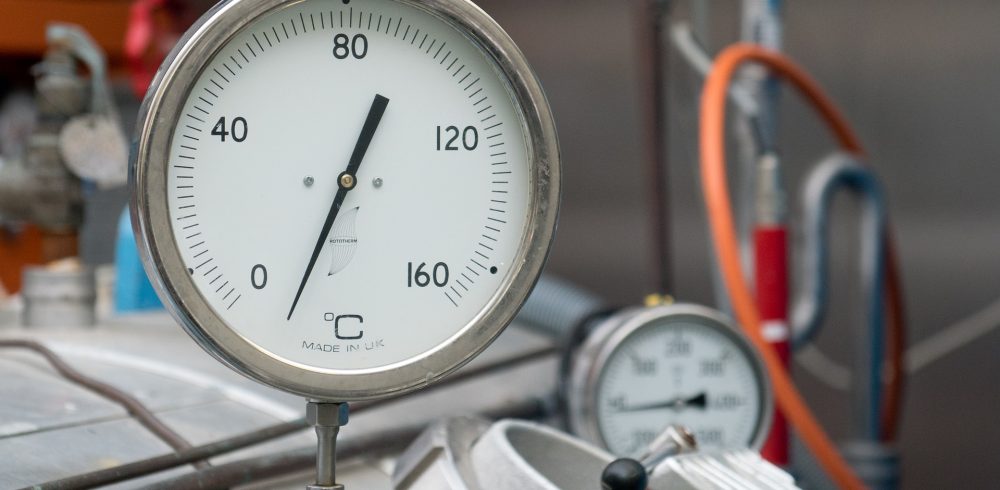Production, preparation, storage and transportation — none of these aspects of food manufacturing are complete without temperature control. Whether workers are packaging frozen fish or loading dough into blazing furnaces, they must handle temperatures that far exceed the usual comfort and safety limits of the human body. So, how do we produce such items while ensuring worker safety? Here, Tatjana Milenovic, group vice president, food & beverage at ABB, explores the ways manufacturers can protect their staff from extreme temperatures.
The body has many effective mechanisms to deal with changes in temperature such as shivering, perspiring and altered breathing. While the body does this automatically, it would quickly become tiring if a person was tasked with manually carrying out this temperature control in a facility. While the law does not state a minimum or maximum working temperature, the Health and Safety Executive (HSE) advises that temperatures in work rooms in the UK and Europe should be at least 16 degrees Celsius (C), or 13 degrees Celsius if the work involves rigorous physical effort. However, if we consider the temperature requirements to cook, freeze and maintain the safety of food products, these conditions can be difficult to guarantee.
Out in the cold
Maintaining the cold chain plays an instrumental part in keeping produce fresh from farm to fork and is a key process in food manufacturing. Processing raw meat, for example, must be done in a low temperature environment to prevent the development of harmful bacteria. While a very cold environment may be ideal for frozen food products, the conditions are not so desirable for human workers. Prolonged cold exposure can produce a multitude of health effects including hypothermia, chilblains and, in very extreme cases, even frostbite.
To help keep workers safe, regular breaks are a crucial requirement. While human safety should always come first, it should not hamper production as a consequence. Automation can help solve this issue because picking and packing robots can operate continuously to perform repetitive tasks and reduce the need for human workers in severely low temperatures.
Rising dangers
While extremely cold temperatures are dangerous, the opposite is also true. In the Glaswegian suburb of Hamilton, in Scotland, a cluster of warehouses work tirelessly. As one of eight specialty manufacturing plants belonging to bakery company Finsbury Food, the factory produces a remarkable 180,000 cakes every week. While impressive, these results aren’t totally unique — advanced automation in batch production allows manufacturers to produce thousands of baker’s dozens every day.
However, hundreds of thousands of baked goods require ovens along the conveyor belt to remain in continuous production. Because ovens need to reach temperatures of over 250 degrees Celsius to thoroughly cook products, it’s not long before things start heating up on the shop floor. Overheating can prove fatal, so plant managers must address dangerously high temperatures promptly.
Maintenance engineers could implement stronger air conditioning or better ventilation across the plant. However, if we consider the delicacy of a process such as baking, this method of temperature regulation could impact the quality of products.
Sense the danger
Instead, one method to regulate temperatures in extreme working environments harnesses the benefits of the Internet of Things. Temperature sensors such as ABB’s TSP341-N can be non-evasively installed to monitor the temperature of a working environment and increase safety. Using a network of sensors to calculate temperature algorithms, the equipment can detect when a temperature falls above or below an environment’s average temperature margins between -40 and 400 degrees and alert plant managers via a human machine interface (HMI).
As the sensor is surface mounted and non-invasive, it can be fitted without the need to drill a hole and fit a temperature probe and does not require a shutdown of operations during its installation. Once fitted, workers can quickly take action to rectify the situation or remove employees from the environment until the temperatures have been regulated to a safe level.
When we think about keeping things hot or cold in the food and beverage industry, it’s understandable that we prioritize the safety and quality of the product. While working with the correct temperatures is crucial to almost every food manufacturing process, it is just as important that we ensure the safety of those working in extreme environments.
Next time you’re preparing a frozen meal for the microwave, or tucking into your breakfast pastry, spare a thought for extreme temperatures that may have gone into making it.
For more information about ABB’s range of temperature sensing technology, visit the website today.















